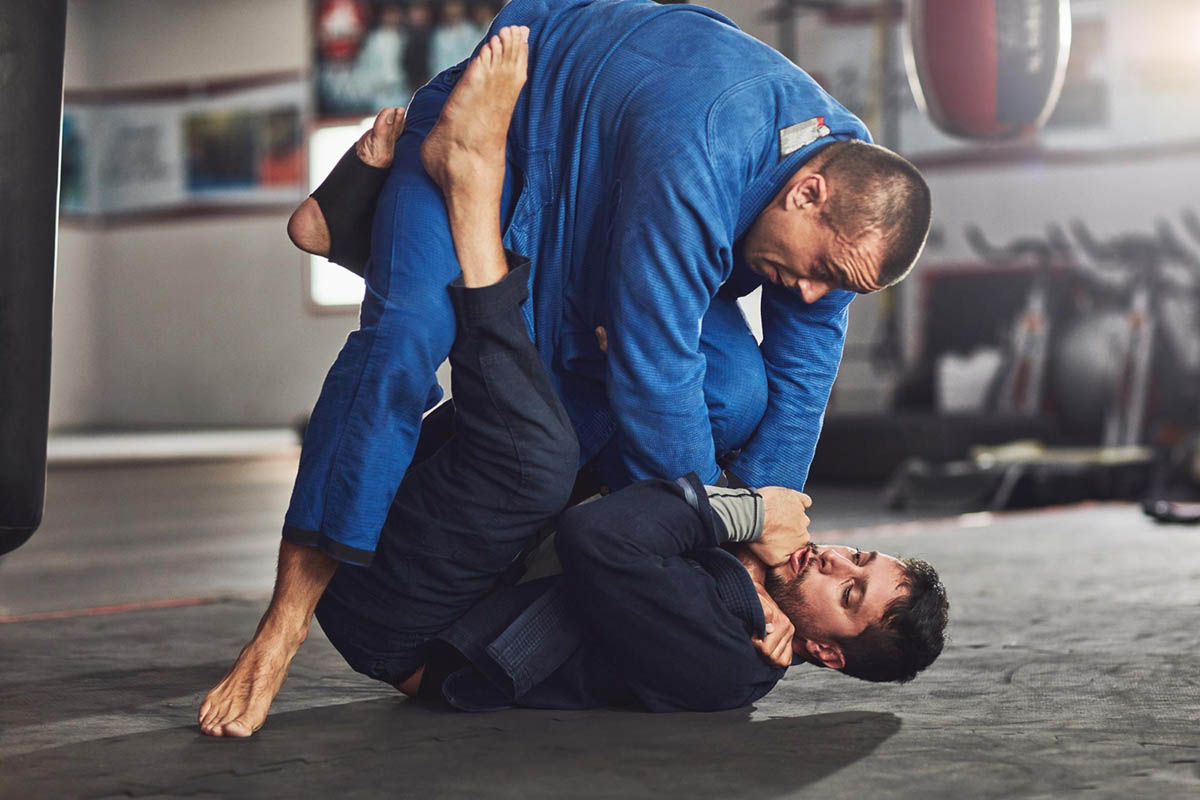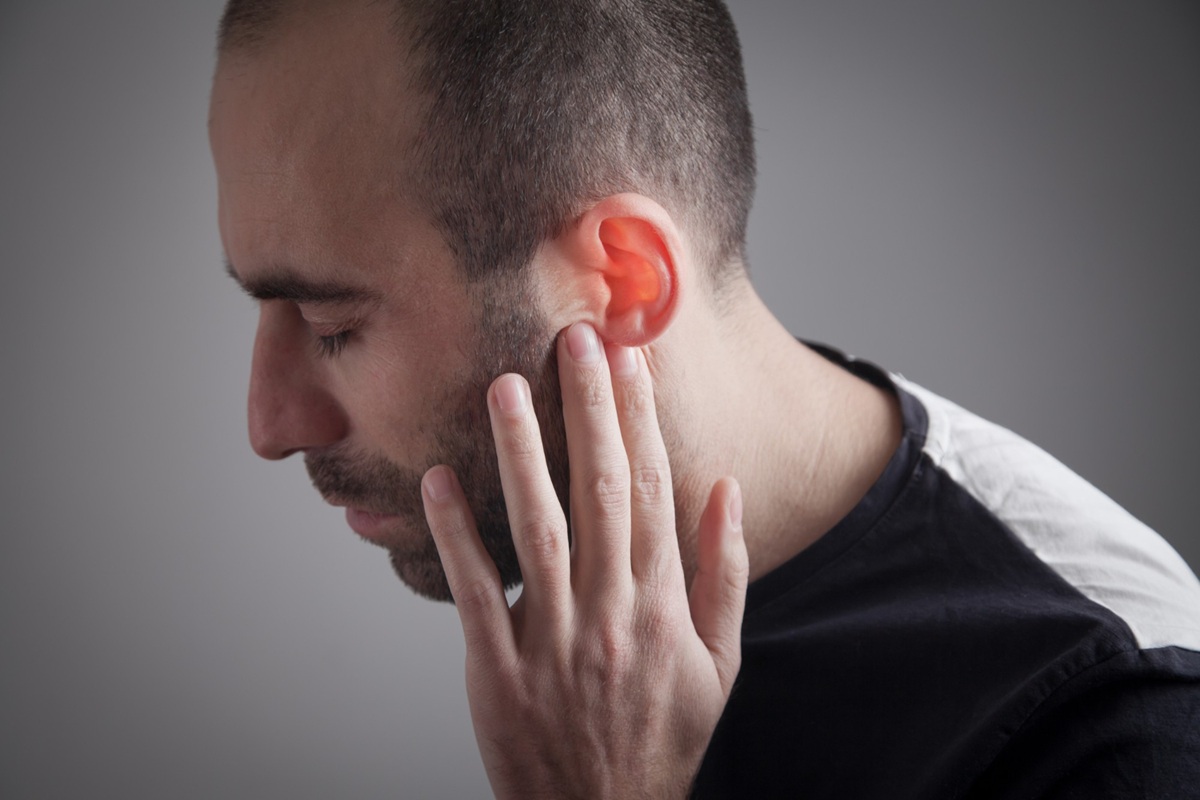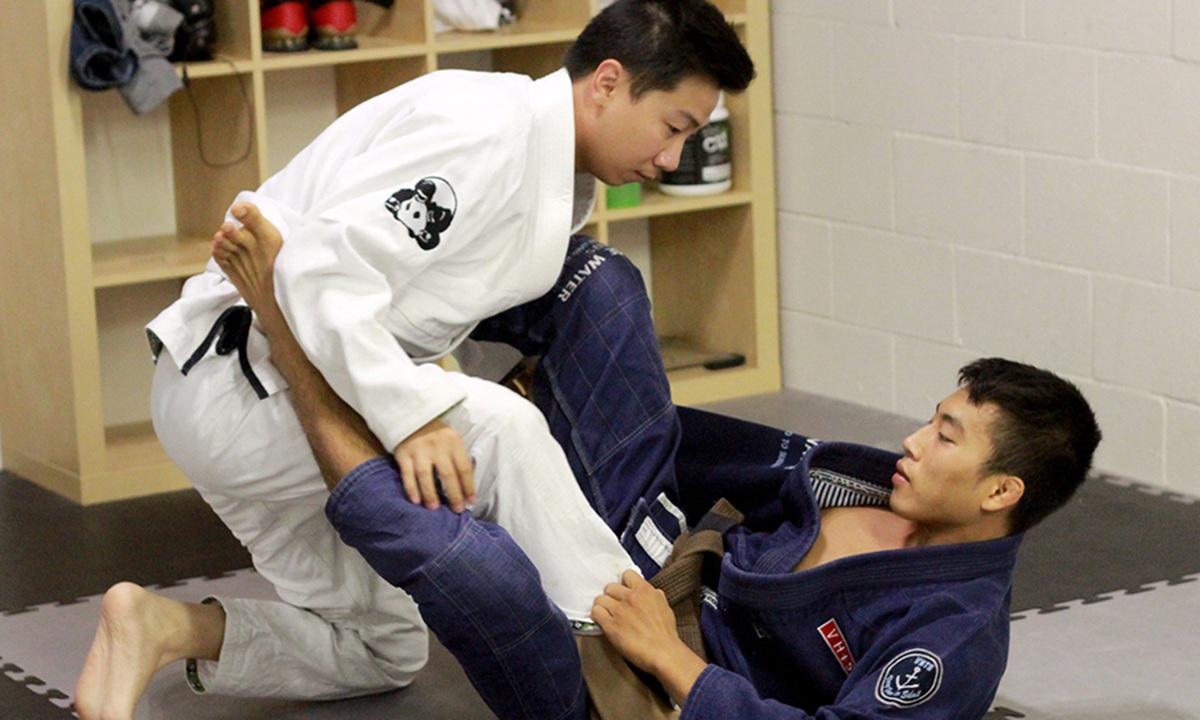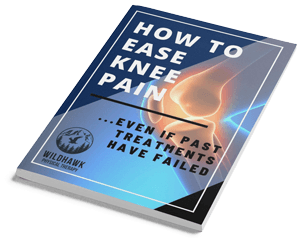
Brazilian Jiu-Jitsu (BJJ) is an exciting martial art involving grappling, submission techniques, and intense physical exertion. As a sport that relies heavily on body mechanics, agility, flexibility, and strength, BJJ can be extremely rewarding yet physically demanding. Due to the nature of training, it comes with a certain level of injury risk, making BJJ injury prevention an essential topic for any practitioner. Whether you’re a seasoned competitor or a beginner, understanding common BJJ injuries and the best ways to avoid them will ensure a safer training experience and protect your long-term health. This blog will dive into the most common BJJ injuries and share effective injury prevention, rehab, and recovery strategies.
Why Do Injuries Happen in BJJ?
BJJ is a high-intensity sport that demands both physical and mental engagement. The sport’s combination of joint locks, submissions, throws, and positions significantly strains the body. A study found that approximately 85.2% of BJJ athletes experience musculoskeletal injuries, highlighting the need for injury prevention strategies and proper techniques. Injuries can happen for various reasons, and awareness of these factors can help practitioners reduce the likelihood of injury. Common causes of BJJ injuries include:
- Poor Technique: Improper execution of techniques, such as improper form during submissions, can lead to joint injuries, ligament tears, or even nerve damage. BJJ is heavily dependent on technique improvement to avoid unnecessary injury.
- Overtraining: BJJ practitioners often push their bodies beyond their limits, which can increase the risk of repetitive demands on muscles and joints. This can lead to conditions like muscle spasms, tendon injuries, and even herniated discs.
- Lack of Conditioning: Insufficient strength, flexibility, and cardiovascular endurance can make practitioners more vulnerable to joint pain and inflammation, muscle injuries, and hyperextension during sparring sessions.
- Aggressive Behavior and Ego Control: Many injuries happen due to reckless sparring practices driven by ego or aggressive behavior. When emotions take control, it can result in reckless sparring, reduced performance, and risks to the practitioner’s and opponent’s safety.
Understanding these contributing factors can help you avoid common BJJ injuries by focusing on technique, conditioning, and proper ego control.
Common Injuries in Brazilian Jiu-Jitsu
Unfortunately, injuries in Brazilian Jiu-Jitsu are common, but with proper preparation, the risk can be minimized. Below are the most frequent injuries experienced by BJJ practitioners, along with prevention tips.
1. Neck and Spine Injuries
Neck and spine injuries are among the most serious and potentially debilitating injuries in Brazilian Jiu-Jitsu. The sport’s dynamic nature, involving chokes, neck cranks, and awkward falls, can place significant stress on the cervical spine and neck area. These injuries can lead to long-term issues if not properly managed, making injury prevention and awareness essential for all practitioners.
Causes:
- Chokes and neck cranks involve compressing or twisting the neck in unnatural ways.
- Improper rolling techniques that place excessive pressure on the neck or spine during falls or transitions.
- Sudden, uncontrolled movements that stress the cervical spine.
Prevention:
- Strengthening the neck through exercises that enhance its flexibility and resilience.
- Practicing proper rolling techniques ensures that falls and transitions do not strain the neck and spine unnecessarily.
- Regular chiropractic care or physical therapy to address any minor issues before they escalate into serious injuries.
2. Shoulder Injuries
The shoulders are heavily utilized in Brazilian Jiu-Jitsu, from executing takedowns to performing submissions and escapes. Due to the range of motion and intense physical demands placed on the shoulder joint, injuries to the rotator cuff, ligaments, and muscles are common. Understanding the causes of shoulder injuries and focusing on prevention strategies can help BJJ practitioners stay injury-free and maintain shoulder health.
Causes:
- Submission holds like Kimuras, armbars, and shoulder locks often involve extreme shoulder rotation and hyperextension.
- Overuse or sudden movements that strain the shoulder joint.
- Poor technique or lack of control during joint manipulation.
Prevention:
- Incorporating rotator cuff strengthening exercises to build shoulder stability.
- Stretching before and after practice increases flexibility and reduces strain risk.
- Focusing on proper technique during submissions to avoid hyperextension and excessive pressure on the shoulders.
3. Knee Injuries
Knee injuries are one of the most common concerns for Brazilian Jiu-Jitsu (BJJ) practitioners. Around 61.5% of BJJ athletes report knee-related injuries, indicating that this body area is particularly vulnerable. This statistic highlights the importance of implementing preventative measures to protect knee health and ensure long-term mobility and performance.
Causes:
- Grip fighting and sudden jerking motions strain the ligaments in the fingers and wrists.
- Hyperextension of the fingers during grips or submissions.
- Overuse of the hands during extended sparring or drilling sessions.
Prevention:
- Grip strengthening exercises, such as using grip trainers or stress balls.
- Mindful grip management to avoid excessive tension or hyperextension.
- Taping the fingers or wrists for added support during high-intensity sparring or competitions.
4. Finger and Wrist Sprains
Finger and wrist injuries are a frequent occurrence in Brazilian Jiu-Jitsu (BJJ), largely due to the demands of grip fighting and submission holds. Approximately 78.6% of BJJ practitioners experience injuries to their fingers or hands, emphasizing the need for proper care and prevention strategies. While often overlooked, these injuries can significantly impact a practitioner’s ability to train and perform, making injury prevention vital for every athlete.
Causes:
- Takedown techniques and transitions that place stress on the knees, especially during falls or twisting movements.
- Knee twists during scrambles or opponents attempt to control the knee joint in submissions.
- Overuse, particularly with repetitive drilling or sparring that stresses the knee joint.
Prevention:
- Performing mobility drills to increase flexibility and reduce stiffness in the knees.
- Engaging in strengthening exercises for the quadriceps, hamstrings, and surrounding muscles to support the knee joint.
- Proper bracing or knee sleeves during sparring provides additional support and prevents injuries.
5. Skin and Ear Injuries (e.g., Cauliflower Ear)

Skin and ear injuries are common in Brazilian Jiu-Jitsu, often resulting from constant friction and contact with the mat or an opponent’s body. These injuries can range from mild abrasions to more severe conditions, like cauliflower ear, which occurs when the ear’s cartilage is damaged due to repeated trauma. Proper care and protection are essential to prevent these injuries from becoming serious and affecting your long-term health.
Causes:
- Friction and impact during grappling, particularly in positions where the head or ears are in close contact with the mat.
- Repeated trauma to the ear area during sparring or drilling.
Prevention:
- Wearing ear guards or protective gear during training.
- Practicing proper hygiene to prevent infection, including cleaning wounds and cuts immediately.
- Avoid excessive mat exposure in harsh conditions that increase the risk of abrasions.
Injury Prevention Strategies for BJJ Practitioners
To ensure a safer and more enjoyable Brazilian Jiu-Jitsu experience, adopting ways to avoid sports injuries is important. Injury prevention in BJJ revolves around proper warm-up routines, strengthening exercises, and mastering techniques. These practices minimize the risk of injury and help improve overall performance. Whether focusing on flexibility, building core strength, or controlling ego during sparring, these strategies provide the foundation for a long and successful BJJ journey.
Warm-Up and Mobility Routines
A proper warm-up routine is essential before beginning any BJJ training. Cold muscles are more prone to strains and tears, so dynamic stretching and mobility exercises are necessary. Focusing on flexibility and joint mobility before class helps reduce the risk of soft tissue injuries, muscle tweaks, and ligament strains. Key mobility exercises include hip rotations, arm circles, and neck stretches, which prepare your body for the movements required in BJJ.
Strength and Conditioning for BJJ
Building strength and conditioning for BJJ is one of the most effective ways to prevent injuries. Strengthening the core, legs, shoulders, and arms enhances overall body mechanics and improves agility during sparring. A balanced training regimen should include strength exercises like deadlifts, squats, and kettlebell swings. Additionally, cardiovascular endurance is essential for recovery between sparring sessions, reducing fatigue, and minimizing the risk of injury due to overuse or poor technique.
Mastering Technique and Ego Control
Correct technique is the foundation of injury prevention in BJJ. Practicing moves with proper form not only ensures efficient execution but also prevents hyperextension of joints and overexertion of muscles. Additionally, controlling your ego and emotions during sparring can prevent reckless sparring practices and aggressive behavior that lead to injury. Practice humility and prioritize your sparring partners’ safety rather than focusing on winning at all costs.
Recovery and Rehabilitation for BJJ Injuries
Even with the best injury prevention strategies, BJJ injuries may still occur. When they do, focusing on recovery and rehabilitation ensures a full recovery and reduces the risk of long-term damage. Timely and effective rehabilitation helps restore strength, mobility, and function, enabling practitioners to return to training safely. Adopting a comprehensive recovery plan, including rest, physical therapy, and recovery techniques, can significantly shorten downtime and promote long-term health.
Rest and Active Recovery
Balancing rest with active recovery methods is essential for injury rehabilitation. Rest allows your body to heal, but active recovery (such as foam rolling, dynamic stretching, and low-intensity exercises) helps to maintain flexibility and mobility while speeding up the recovery process. Rest techniques, such as ice packs for acute injuries and proper sleep, are crucial in managing inflammation and reducing pain.
Physical Therapy’s Role in Recovery
Physical therapy is a vital aspect of Brazilian Jiu-Jitsu injury rehab. Sports therapy clinics offer specialized care for athletes dealing with BJJ injuries, including joint pain, ligament tears, or muscle strains. A physical therapy evaluation and customized treatment plan can help address issues like nerve damage, muscle spasms, and lower back injuries. Manual therapy, strengthening exercises, and mobility drills can help you recover and return to full fitness.
At Wildhawk Physical Therapy, our expert team provides personalized rehabilitation plans to help athletes recover quickly and safely from BJJ injuries, ensuring a return to peak performance. Whether you are dealing with a knee injury, muscle strain, or a spinal issue, Wildhawk Physical Therapy’s tailored approach promotes healing and long-term injury prevention.
Mental Resilience During Injury Recovery

Injury recovery isn’t just a physical process; it also requires mental fitness. Staying focused and positive during recovery can help you avoid frustration and remain committed to your rehabilitation plan. Techniques like visualization and goal setting can help you stay motivated while addressing the mental challenges of recovering from an injury. Moreover, working closely with your physical or sports therapist will ensure you take the appropriate steps toward long-term recovery.
Conclusion
While injuries are inevitable in Brazilian Jiu-Jitsu, implementing solid injury prevention strategies can significantly reduce their occurrence and severity. With a focus on technique improvement, strengthening exercises, and ego control, you can protect your body from the common BJJ injuries that plague many practitioners. Additionally, understanding the importance of recovery techniques, including rest, physical therapy, and mental resilience, ensures a safer and more effective return to the mats after an injury. With the right approach, you can enjoy the long-term benefits of BJJ without the setbacks of preventable injuries.
FAQs
How common are injuries in Brazilian Jiu-Jitsu?
The BJJ injury rate can vary depending on the practitioner’s experience, training intensity, and safety precautions. However, studies show that injuries in BJJ are fairly common, with joint injuries, muscle strains, and ligament tears being the most frequent. These injuries can be minimized by following injury prevention strategies and focusing on proper technique.
Can physical therapy speed up recovery for BJJ injuries?
Yes, physical therapy can significantly speed up recovery for BJJ injuries. Whether you’re dealing with a disc injury, ligament damage, or muscle strain, a sports therapist can guide you through a recovery plan that includes strengthening exercises, mobility training, and pain management techniques to promote healing and reduce downtime.
What are the best exercises to prevent BJJ injuries?
Some of the best exercises for injury prevention include strength and conditioning exercises like squats, lunges, and deadlifts for the lower body, as well as rotator cuff strengthening and core stability exercises. Flexibility training, such as dynamic stretching and foam rolling, can also help improve the range of motion and prevent injuries to muscles, tendons, and joints.










